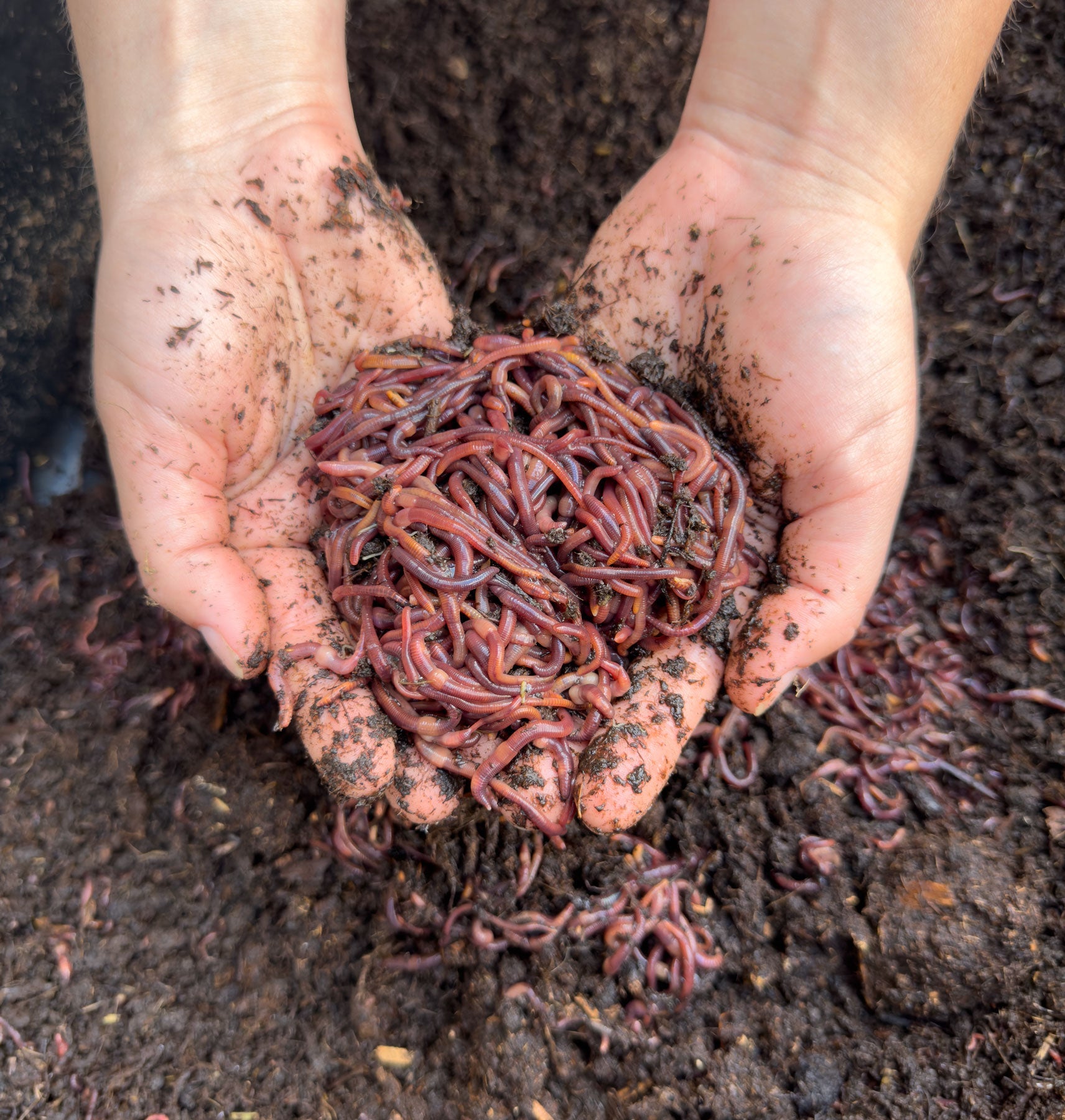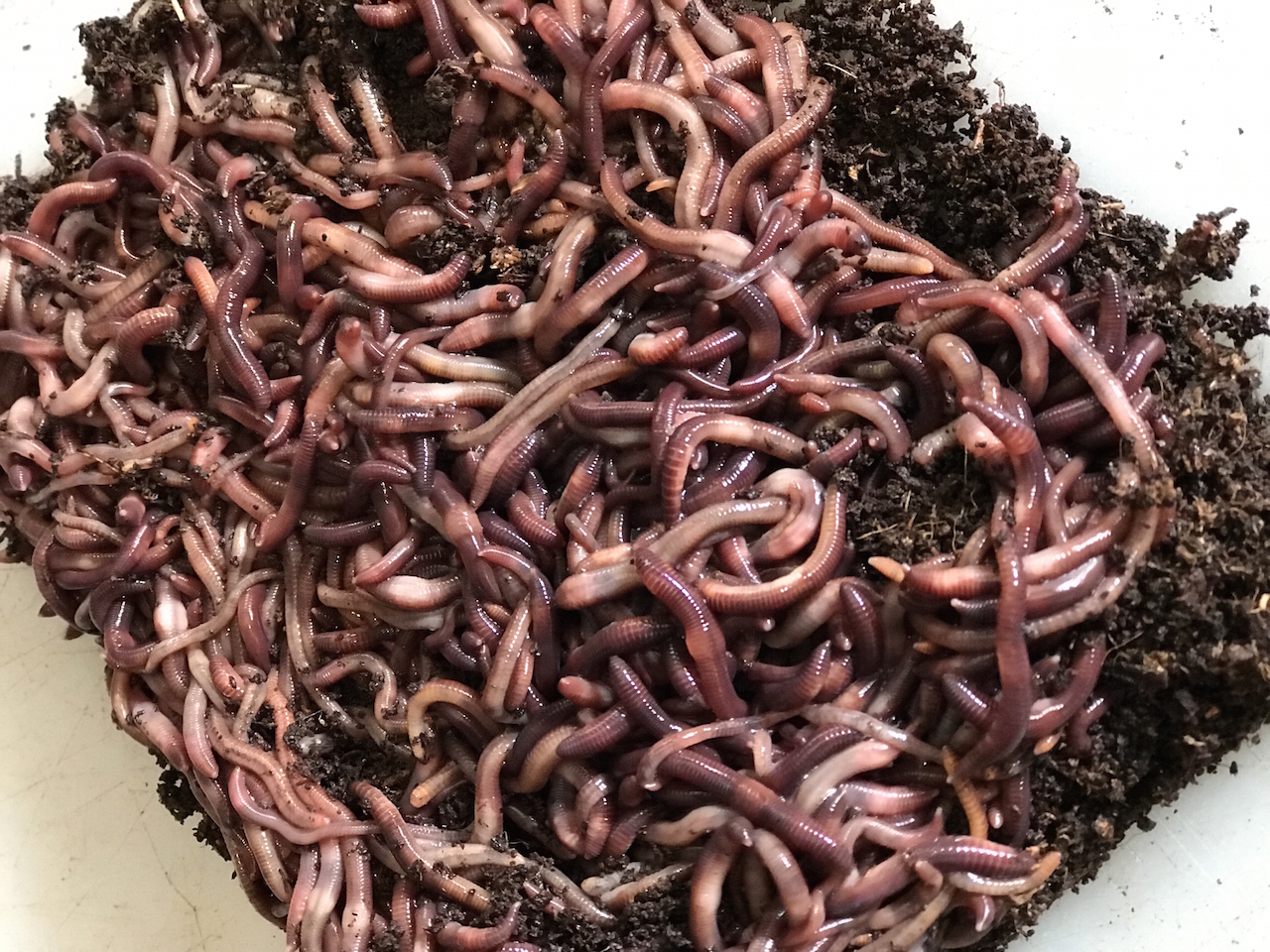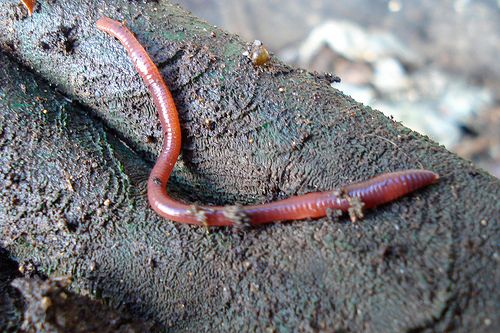Red Wigglers: The Unsung Heroes of Organic Waste Recycling
Red wigglers, or Eisenia fetida, offer as crucial representatives in the natural waste recycling procedure, changing thrown out products right into important vermicompost. As the world increasingly looks for services to combat waste buildup and enhance agricultural efficiency, comprehending the function of these worms comes to be essential.
What Are Red Wigglers?
The remarkable durability of red wigglers, clinically referred to as Eisenia fetida, emphasizes their essential role in natural waste recycling. These small, reddish-brown earthworms are commonly discovered in decomposing raw material, such as compost heap and manure loads. Lake Hickory Bait. Unlike other earthworm varieties, red wigglers flourish in nutrient-rich settings and are very efficient at breaking down natural materials, making them necessary for vermicomposting

(Red Wiggler Express)Along with their function in waste reduction, red wigglers add to soil health and wellness by enhancing dirt structure and oygenation with their delving activities (Lake Hickory Bait). Their presence in composting systems not just boosts decay rates yet also promotes a lasting method to throw away administration, showing their significance in eco-friendly preservation efforts
Advantages of Composting With Worms
Composting with worms, specifically red wigglers, supplies various advantages that improve both waste administration and dirt wellness. Initially, these worms successfully break down organic waste, transforming it right into nutrient-rich vermicompost that improves dirt. This process speeds up decay, permitting a much faster recycling of cooking area scraps and various other organic materials compared to conventional composting approaches.
Furthermore, the vermicompost generated by red wigglers is brimming with helpful bacteria, which assist improve soil framework, aeration, and moisture retention. This boosts the overall health and wellness of plants, promoting strenuous development and enhanced returns in yards and agricultural setups. Additionally, the use of worms in composting lessens the production of greenhouse gases, such as methane, adding to a more sustainable waste administration system.

How to Start Vermicomposting
Establishing a vermicomposting system is an uncomplicated procedure that can produce considerable advantages for both waste administration and soil enrichment. To begin, select an ideal container, such as a plastic bin or wood box, with sufficient ventilation holes to make sure proper airflow. The dimensions ought to preferably be about 2 feet by 3 feet, permitting enough space for the worms to prosper.
Next, prepare bed linens product, which can include shredded newspaper, cardboard, or coconut coir. This bed linens must be moistened to produce an appropriate environment for the worms. As soon as the bedding is in location, present red wigglers (Eisenia fetida) right into the container, generally around one pound of worms for each square foot of area.
Complying with the placement of worms, add organic waste, such as fruit and vegetable scraps, coffee grounds, and crushed eggshells. Prevent including dairy products, meat, or oils, as these can develop smells and attract parasites. Lastly, place the bin in a shaded, temperature-controlled area to preserve optimal conditions for worm task. With these steps, you will successfully launch a vermicomposting system that contributes to lasting waste administration and improves your soil.
Maintaining a Healthy And Balanced Worm Bin
(Red Wiggler Express)Keeping a worm container flourishing needs normal attention and care to ensure the wellness of the red wigglers and the efficiency of the composting procedure. Correct upkeep begins with keeping track of the moisture degrees; the container should next page perspire but not saturated. An excellent guideline is to keep an uniformity comparable to a wrung-out sponge.
Gently blending the bedding and food scraps every few weeks prevents compaction and makes certain that all worms have accessibility to oxygen. Furthermore, it is essential to feed the worms suitably.
If the container ends up being too warm or cool, the worms may end up being stressed. By vigilantly handling these factors, one can preserve a robust and effective worm bin.
Effect On Sustainable Living
The successful upkeep of a worm container not just profits the health and wellness of red wigglers but also adds dramatically to sustainable living practices. By reusing natural waste, such as cooking area scraps and yard debris, red wigglers assist divert significant amounts of product from land fills. This decrease in waste not only lowers greenhouse gas emissions but also decreases the ecological problem linked with waste administration.
Moreover, the castings created by red wigglers work as a nutrient-rich natural fertilizer, enhancing dirt health and advertising plant growth. This natural choice to chemical plant foods supports sustainable agriculture and horticulture practices, lowering dependence on synthetic inputs that can damage ecosystems. In addition, worm composting fosters awareness of waste management, motivating people and neighborhoods to adopt more lasting habits.

Conclusion
In recap, red wigglers offer as important contributors to organic waste recycling through their reliable decomposition of organic products. Their capability to create nutrient-rich vermicompost improves soil wellness and sustains lasting farming practices. By incorporating vermicomposting right into waste administration techniques, individuals and neighborhoods can significantly minimize waste while promoting environmental sustainability. The function of Eisenia fetida in fostering healthy environments highlights the significance of these microorganisms in attaining lasting living and enhancing dirt fertility.